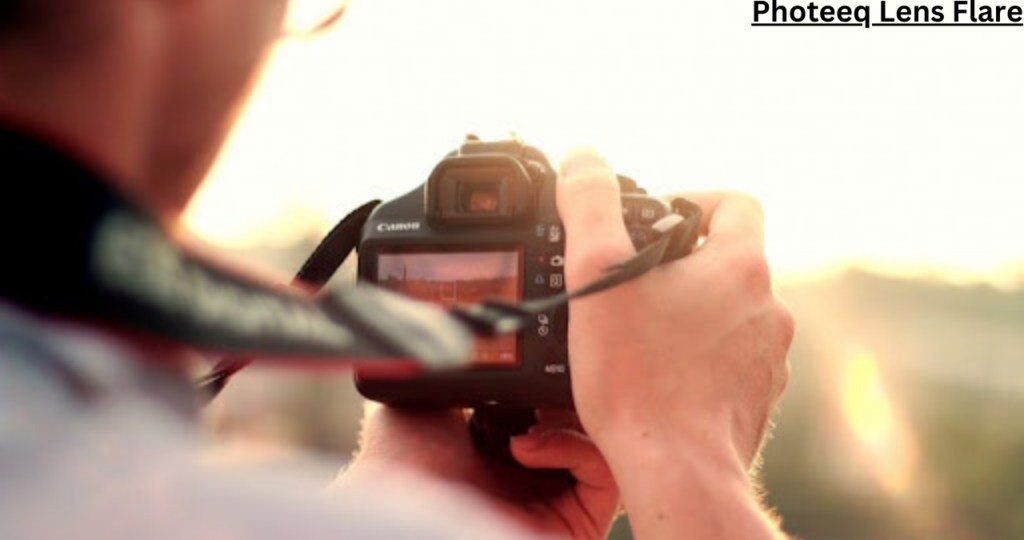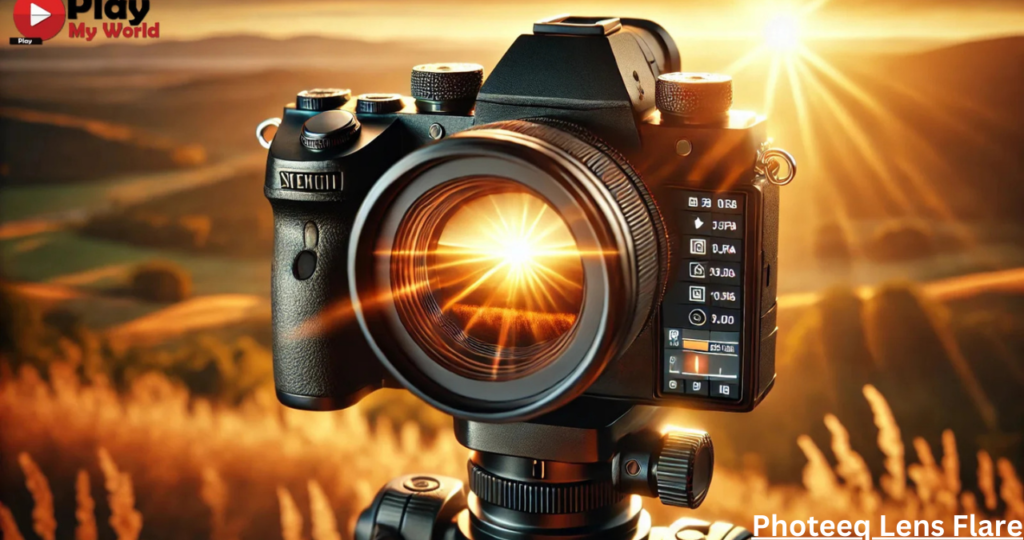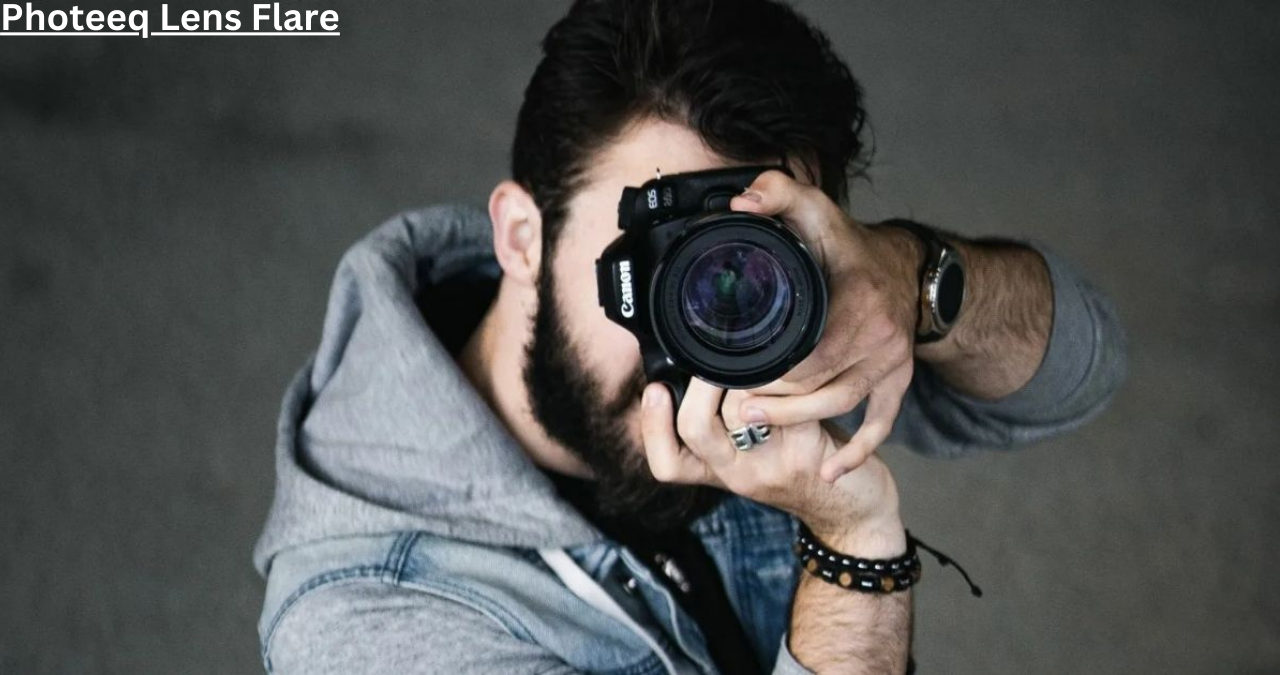Photeeq Lens Flare is a widely discussed topic in photography, often seen as both an artistic effect and a potential distraction. It occurs when bright light sources, such as the sun or artificial lighting, interact with a camera lens, creating streaks, orbs, and a soft haze. Some photographers deliberately use lens flare to add depth and emotion to their images, while others seek to minimize it for a crisp and clean composition.
With the evolution of digital photography, tools like Photeeq have become essential for controlling and enhancing lens flare. Photeeq allows photographers to manipulate light effects to achieve a professional and cinematic feel. Whether you’re a beginner experimenting with light manipulation or a professional seeking greater control, Photeeq offers a simple yet powerful solution.
This guide will explore the intricacies of lens flare, how Photeeq can be used to enhance or remove it, and best practices for achieving the perfect balance. By the end, you’ll have a solid understanding of how to master lens flare and elevate your photography.
Understanding Lens Flare in Photography
What is Lens Flare?

Photeeq Lens Flare is a visual artifact caused by light scattering and internal reflections within a camera lens. It appears in different forms, such as bright orbs, streaks, or a general haze across the image. Lens flare can either enhance an image, adding warmth and depth, or interfere with the main subject by reducing contrast and clarity.
Photographers have learned to control and manipulate lens flare for creative purposes. Instead of considering it a flaw, many use it to bring cinematic storytelling elements into their work. However, managing lens flare requires knowledge of its causes and how different camera settings influence its appearance.
Types of Lens Flare
There are three primary types of lens flare:
- Ghosting Flare: This appears as bright orbs or halos scattered across the image. It happens when light reflects between the multiple glass elements in a lens.
- Veiling Flare: A soft, hazy effect that reduces contrast, often making an image look washed out. This occurs when strong light enters the lens and spreads evenly across the frame.
- Starburst Flare: A visually striking effect where light radiates outward in a star-like pattern, usually created by using a small aperture (high f-stop).
Each type of lens flare can serve a different artistic purpose. Photeeq helps photographers either enhance or remove these effects with precision.
The Role of Photeeq in Lens Flare Effects
What is Photeeq?

Photeeq is an advanced photo editing software that specializes in handling Photeeq Lens Flare effects. Unlike conventional editing tools, it provides specific controls for enhancing or reducing light flare in an image, making it a preferred choice for photographers who work with natural or artificial lighting effects.
Key Features of Photeeq for Lens Flare Control
Photeeq offers several powerful features:
- Realistic Lens Flare Effects: Users can apply natural-looking lens flares to enhance the mood of an image.
- Adjustable Intensity & Positioning: The software allows precise control over brightness, direction, and color.
- Smart Blending Technology: Flare effects seamlessly integrate with the image’s existing light sources.
- Lens Flare Removal: If unwanted flares appear, Photeeq can intelligently reduce or remove them while preserving the original exposure.
Why Choose Photeeq Over Other Software?
Compared to Photoshop or Lightroom, Photeeq Lens Flare is optimized for realistic light manipulations. While Photoshop allows for manual lens flare effects, Photeeq provides automated yet customizable solutions, making it a time-efficient tool for professionals and hobbyists alike.
How to Use Photeeq for Lens Flare Effects
Step-by-Step Guide to Applying Lens Flare
- Import the Image: Open your photo in Photeeq and select the lens flare effect tool.
- Choose the Flare Type: Select a preset or manually adjust the flare’s shape and intensity.
- Adjust the Angle and Position: Align the flare with the natural light source in your image.
- Modify Brightness & Color: Fine-tune the transparency, warmth, and intensity for a balanced effect.
- Apply Blending Techniques: Ensure the flare blends seamlessly with highlights and shadows.
Common Mistakes to Avoid
- Overuse of Flare: Too much lens flare can obscure key elements of the photo.
- Unnatural Placement: Lens flare should always align with an existing light source.
- Lack of Color Harmony: Choosing flare colors that don’t match the scene can result in an artificial appearance.
By following these steps, photographers can use Photeeq to create compelling, cinematic lighting effects.
Creative Applications of Lens Flare with Photeeq
Enhancing Mood & Emotion
Lens flare is often used to create a warm, nostalgic atmosphere in photography. By adding a soft glow, it can evoke emotions and make images feel more dynamic and immersive.
Lens Flare in Different Photography Styles
- Portrait Photography: A subtle lens flare can add a dreamy effect, enhancing skin tones and depth.
- Landscape Photography: When used correctly, lens flare can highlight the sun’s natural beauty.
- Street Photography: It adds a dramatic touch to urban settings, blending with neon lights or reflections.
Using Photeeq to refine these effects ensures that lens flare enhances the image without overwhelming the composition.
Tips for Controlling and Avoiding Unwanted Lens Flare
Best Practices for Lens Flare Control
- Use Lens Hoods: Prevent stray light from hitting the lens at extreme angles.
- Choose High-Quality Lenses: Multi-coated lenses minimize unwanted reflections.
- Adjust Camera Settings: Lower ISO and adjust aperture to control brightness.
Post-Processing with Photeeq
If an image has unwanted lens flare, Photeeq can remove it using automated correction tools, preserving natural light balance.
Alternative Tools for Lens Flare Effects
How Photeeq Compares with Other Software
- Adobe Photoshop: Good for manual adjustments but time-consuming.
- Lightroom: Useful for subtle enhancements but lacks dedicated flare tools.
- Other Plugins: Luminar AI and Snapseed offer lens flare effects but with limited customization.
Photeeq stands out for its realism and ease of use, making it the go-to choice for light effect modifications.
Conclusion
Mastering Photeeq Lens Flare requires both technical skill and creative vision. With Photeeq, photographers gain the ability to control, enhance, or eliminate lens flare with precision. Whether you’re creating cinematic compositions or correcting unwanted reflections, Photeeq provides a powerful and user-friendly solution. By integrating these techniques, you can elevate your photography to a professional level.






